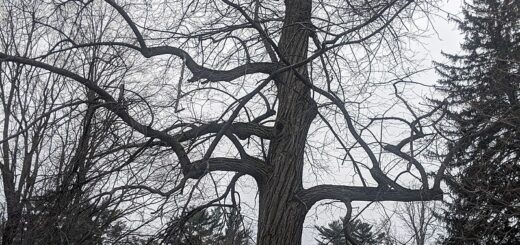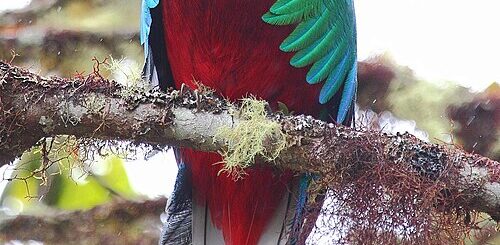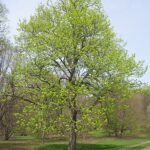Eastern White-cedar Tree – A True Tree of Life

Tucked into the cool, damp corners of North America’s northern forests is a tree that may not scream for attention, but it has quietly shaped ecosystems, cultures, and even cemeteries for centuries — the Eastern White-cedar (Thuja occidentalis).
Often overshadowed by the towering pines and iconic maples of the Northeast, the Eastern White-cedar earns its place in the forest not with height, but with hardiness, longevity, and a quiet kind of wisdom.
A Tree with Many Names
Also known as Northern White-cedar, swamp cedar, or simply arborvitae — Latin for “tree of life” — this evergreen has been admired for generations. Early French explorers coined that name after observing Indigenous peoples using the tree’s foliage to treat scurvy, thanks to its high vitamin C content.
Indigenous communities, particularly the Anishinaabe and Haudenosaunee peoples, have long valued the tree not only for its medicinal properties but also for its spiritual significance. In many cultures, the cedar is considered a sacred plant, a protector and purifier.
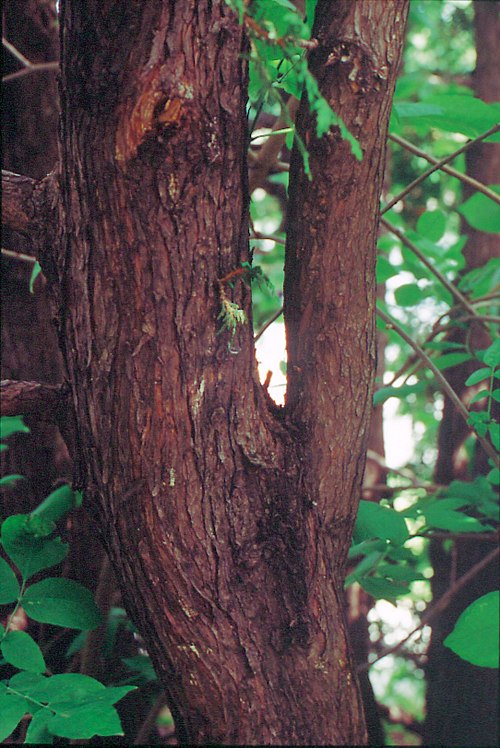
Arborvitae. Trunk. – Creative Commons | Author: USDA-NRCS PLANTS Database / Herman, D.E. et al. 1996. – Source: https://commons.wikimedia.org/wiki/File:Thuja_occidentalis_trunk.jpg
Where It Grows
The Eastern White-cedar is native to eastern Canada and the northeastern United States, thriving in cool, moist environments. You’ll often find it lining the edges of swamps, streams, and limestone cliffs, standing sentinel in places where other trees might give up.
Though not especially tall (usually topping out around 40–50 feet), what it lacks in height, it makes up for in longevity. In protected areas, like the cliffs along Lake Superior, some cedars have been found to be over 1,000 years old, making them among the oldest trees in eastern North America.
More Than Just a Pretty Hedge
Today, many people recognize Eastern White-cedar as a popular ornamental tree, clipped neatly into suburban hedges and privacy screens. But this tree has deeper value.
Its wood is light, durable, and rot-resistant, which made it ideal for Indigenous canoes, early log cabins, shingles, and especially fence posts and cedar chests. Even now, it’s a favorite for outdoor construction that needs to withstand the elements.

Thuja occidentalis, Leaves and immature cones – Source: https://commons.wikimedia.org/wiki/File:Thuja_occidentalis.jpg
Ecologically, the cedar is just as valuable. It provides critical winter shelter and food for white-tailed deer, especially in the northern parts of its range. Its thick foliage and dense branches also give cover to birds and small mammals.
Climate Champion
Interestingly, the Eastern White-cedar may have a role to play in the face of climate change. Its ability to grow in wet, rocky soils and cold climates makes it resilient in conditions where other trees might falter. While it’s sensitive to fire and drought, in cooler and wetter northern areas, it could thrive even as the climate shifts.
Restoration ecologists are increasingly looking to species like cedar to support climate-resilient reforestation efforts.
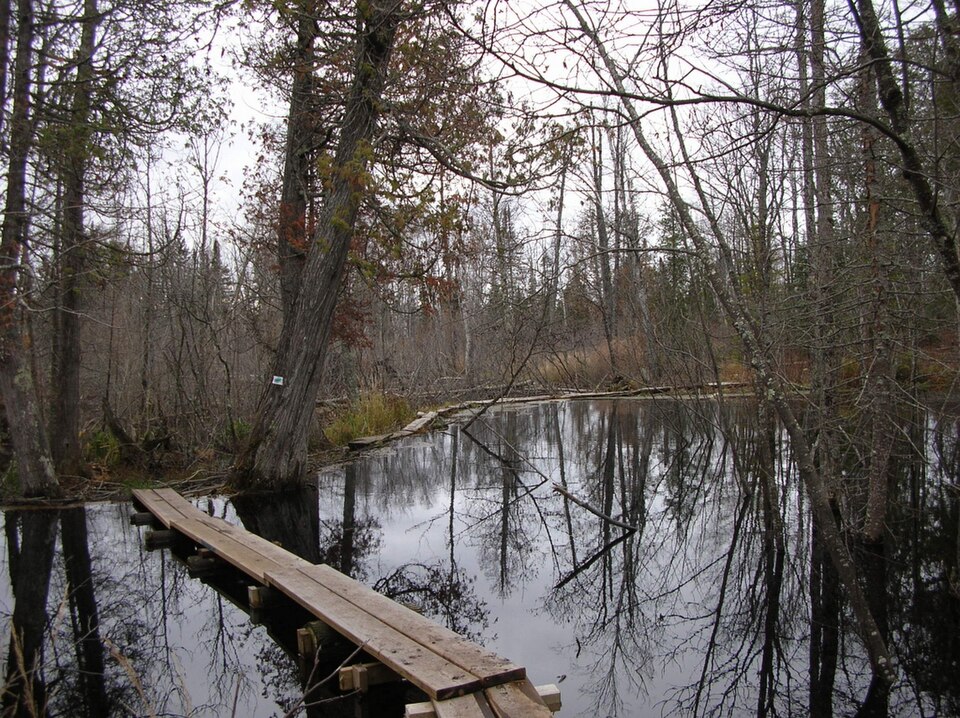
A swamp along the Superior Hiking Trail in November with smattering of evergreen white cedars (left) and other trees and shrubs – Photo by Greg Seitz – Creative Commons | Author: The original uploader was The.dharma.bum – Source: https://commons.wikimedia.org/wiki/File:Superior_Hiking_Trail_boardwalk.jpg
Eastern White-cedar: A True Tree of Life
The Eastern White-cedar may not be the flashiest tree in the forest, but it has earned its quiet reverence. Whether you’re hiking through a northern bog, visiting a shaded graveyard, or sipping tea made from its needles, you’re engaging with a tree that has been healing, sheltering, and enduring for generations.
Next time you see those soft, scaly leaves or breathe in the sweet, resinous scent of cedarwood, take a moment to appreciate the quiet strength of the Eastern White-cedar — a true tree of life.
References:
https://en.wikipedia.org/wiki/Thuja_occidentalis

